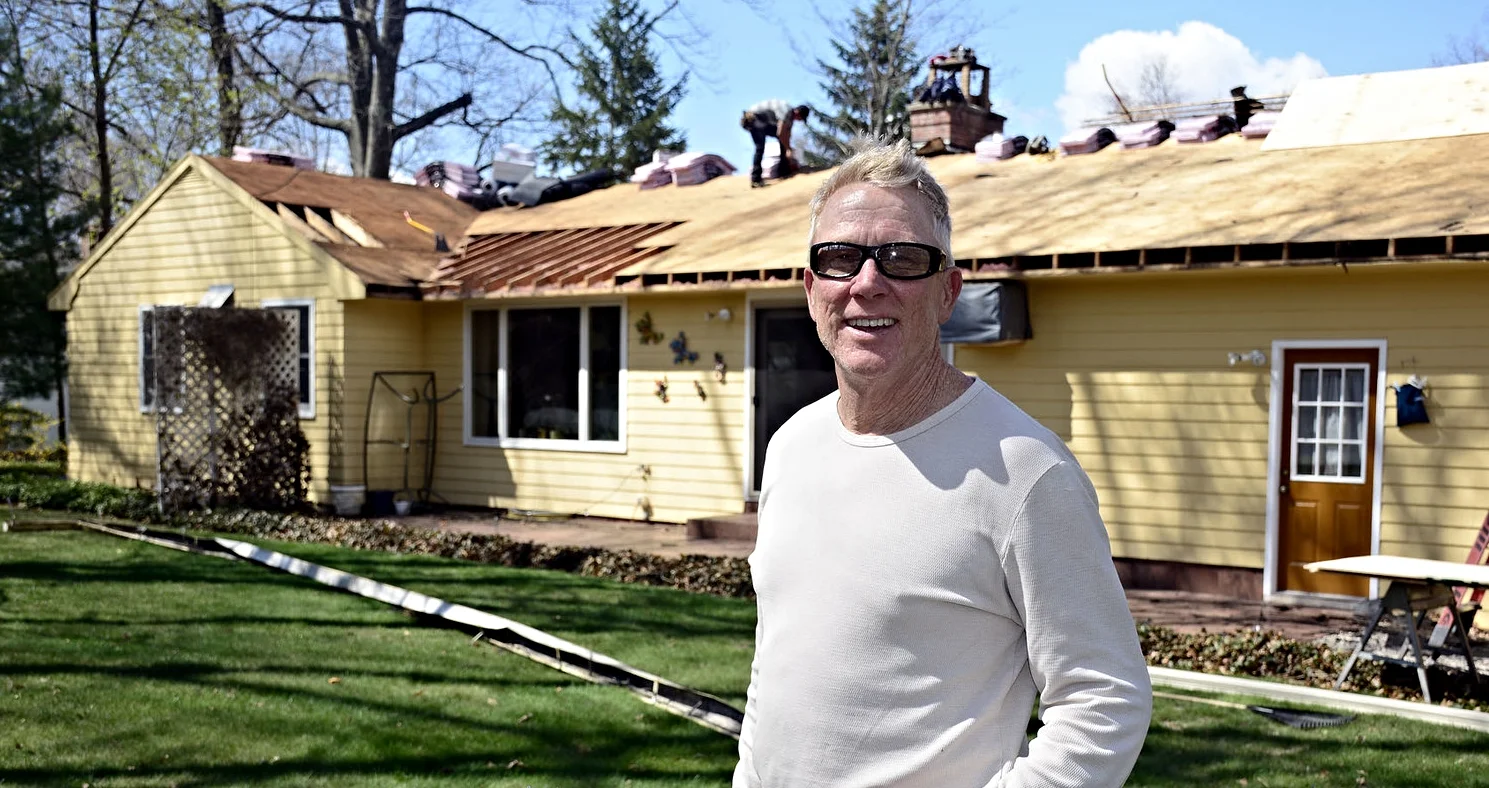Late Winter Tasks for Homeowners
Chelsea O'Donnell
As Connecticut homeowners brace for the final stretch of winter, it’s a good time to focus on a few important tasks before spring arrives. With the unpredictability of late winter weather, these tasks will help ensure your home is prepared for both the lingering cold and the transition into warmer months. Here are some key tasks to consider in late winter:
1. Inspect Your Roof and Gutters
Winter storms, snow, and ice can cause damage to your roof. Before the snow melts completely, it’s important to inspect your roof for any missing or damaged shingles, especially if you experienced heavy snow or ice buildup. Be sure to check your attic for any signs of leaks. It's also a good time to clear out your gutters. Ice and snow can cause gutters to clog with debris, which can lead to water damage when the snow begins to melt.
2. Check Windows and Doors for Drafts
Late winter is a good time to check your home for drafts. Cold air can slip through gaps around windows and doors, which can increase heating costs and decrease comfort. Walk around your home and feel for drafts. If you find any, consider adding weatherstripping or caulking to seal the gaps. This small effort can make a big difference in maintaining an even temperature and reducing energy use.
3. Prepare Your Heating System for the Final Stretch
In late winter, your heating system has been working hard for several months. To ensure it continues to operate efficiently, change the filters in your furnace or heating system. Dust and debris can clog filters, forcing the system to work harder. Check your heating vents and baseboards for any blockages to make sure warm air flows freely throughout your home. If you haven’t had a professional checkup yet, consider scheduling one before the coldest months are behind you.
4. Check for Ice Dams
Ice dams are a common issue in Connecticut during late winter, and they can cause significant damage to your roof and attic. They occur when snow on the roof melts, but the water refreezes at the eaves, creating a barrier that traps water on the roof. This water can seep into your home and cause leaks. If you notice ice buildup along the eaves of your roof, take action by using a roof rake to clear snow or contact a professional to safely remove the ice dams.
5. Prepare for the End of Snow Removal Season
Even though the snow might be thinning out, it’s important to stay prepared for any late-season snowstorms. Make sure your snow removal tools are in good condition. If you use a snowblower, check the fuel levels and ensure that it's ready for use. Stock up on ice melt or sand to help with slipping hazards as temperatures fluctuate.
6. Take Care of Winter Wear and Gear
With the end of winter on the horizon, it’s a good time to inspect and organize your winter gear. Clean snow shovels, salt spreaders, and other tools that you’ll be putting away until next year. Ensure that your winter clothing, like jackets, boots, and gloves, are in good condition for the final stretch of cold weather.
7. Inspect Your Pipes for Potential Freezing
While Connecticut winters are generally mild compared to other parts of the country, freezing pipes can still become a concern, especially during extreme cold snaps. Check any exposed pipes, particularly in areas like basements, attics, and garages. If you notice any cracks or weak spots, consider wrapping the pipes in insulation to protect them from freezing. If you’ve already had issues with frozen pipes, it may be a good idea to check for any damage to the plumbing that could cause leaks as the weather warms.
8. Clean Your Fireplace and Chimney
If you use a fireplace for heat or ambiance during the winter months, make sure to clean the chimney before the season is over. Creosote buildup in the chimney can be a fire hazard, so consider scheduling a professional cleaning if you haven’t done so recently. This is especially important before you begin to use the fireplace less frequently in the spring.
By focusing on these late winter tasks, homeowners can stay ahead of potential issues and ensure their home remains comfortable and efficient as the seasons transition. While spring may feel a little way off, a bit of late winter prep can make the changeover smoother when the time comes.
Bob O’Donnell is the owner of O’Donnell Bros. Inc., a Bristol-based home improvement company established in 1975. Email your questions to info@odonnellbros.com with the subject line “Ask the Pro.” All questions may be considered for publication. To contact Bob for your remodeling needs, call O’Donnell Bros. Inc. at (860) 589-5155 or visit http://www.odonnellbros.com. Advice is for guidance only.
